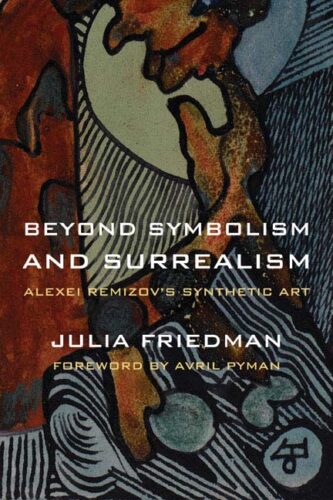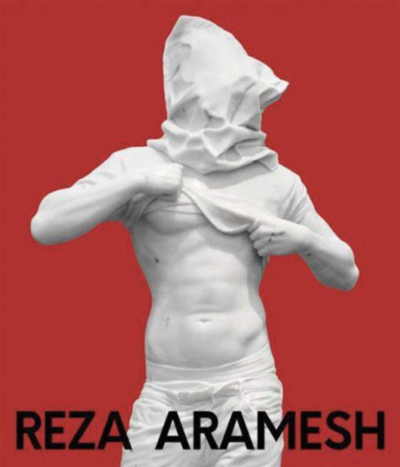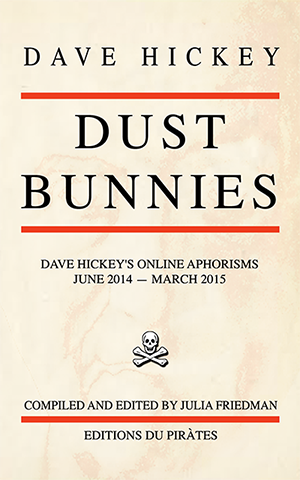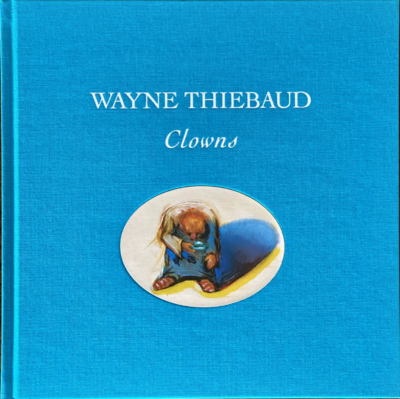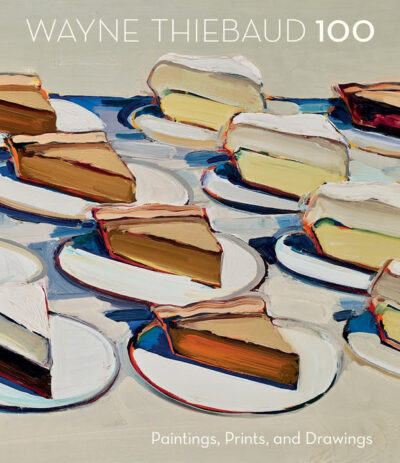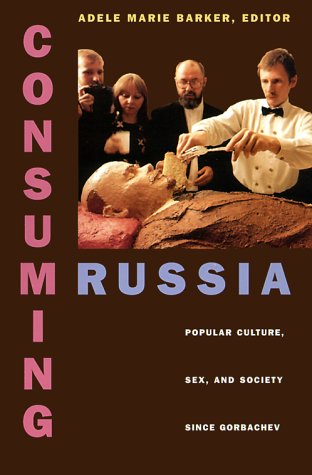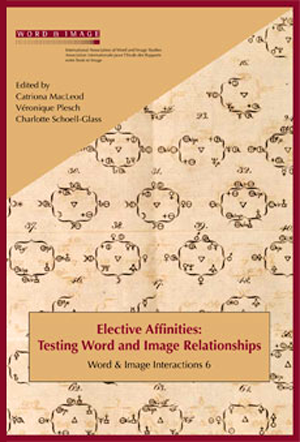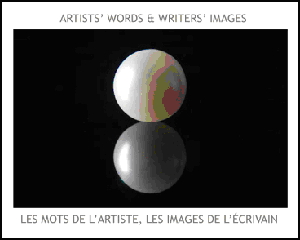On Crypto Art and the Aura
Another co-authored article on NFTs—“The Afterlife of the Aura” out on the Atheneum Review website.
The “aura” is what makes the experience of viewing Da Vinci’s Mona Lisa in the Louvre, or his drawings at the Met, different from looking at their images in a book. It is inseparable from the viewer’s visceral reaction to the physical traits of the work: variable pressure of the crayon on paper, the thickness of impasto brushstrokes or their glossy translucency, the weave of the canvas showing through the loosely applied imprimatura, the mutable effects of light playing on the surface at different times of day. An artwork’s aura is also the source of its financial value, the reason the original Mona Lisa is worth more than a reproduction. But if the original is destroyed, there is nowhere physical for the aura to reside. The aura’s abstract, symbolic nature is then revealed, and it becomes possible to package, market and sell the aura in the absence of the original. The destruction of the original allows the NFT to monetize the aura, imposing on it the form of financial value. As Daystrom explain:
Value has become increasingly fungible, diluted and unstable in our evolving metaverse and there’s a tremendous spike in user demand for exclusivity. NFT assets provide this exclusivity and create an entirely new online value system that was previously unimaginable.
But an “aura” is not a material thing. Does it necessarily perish along with its physical incarnation? Perhaps it was not destroyed so much as transubstantiated, reborn into a financialized afterlife where it is no longer subject to mortal decay. Like BurntBanksy, Daystrom make a plea for authenticity, not a protest against it. But authenticity is no longer a quality of the original artwork, contingent on the artist’s touch or painterly gesture. Authenticity is now a quality of the NFT that represents the original, and the only authenticity available today is statistical uniqueness. Yet people remain sentimentally attached to the old distinctions between authenticity and image, original and reproduction, reality and representation. The cries of fear and loathing at the prospect of destroying a Basquiat drawing (albeit not a great one) or a Banksy print (albeit one of an edition of 500) are not naïve defenses of the artwork’s lost integrity. They are inarticulate but nonetheless passionate protests against the postmodern condition. No wonder the word “deconstruction” where simple “destruction” would have sufficed was so triggering.
Read the entire article HERE





